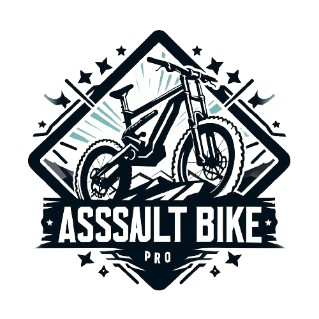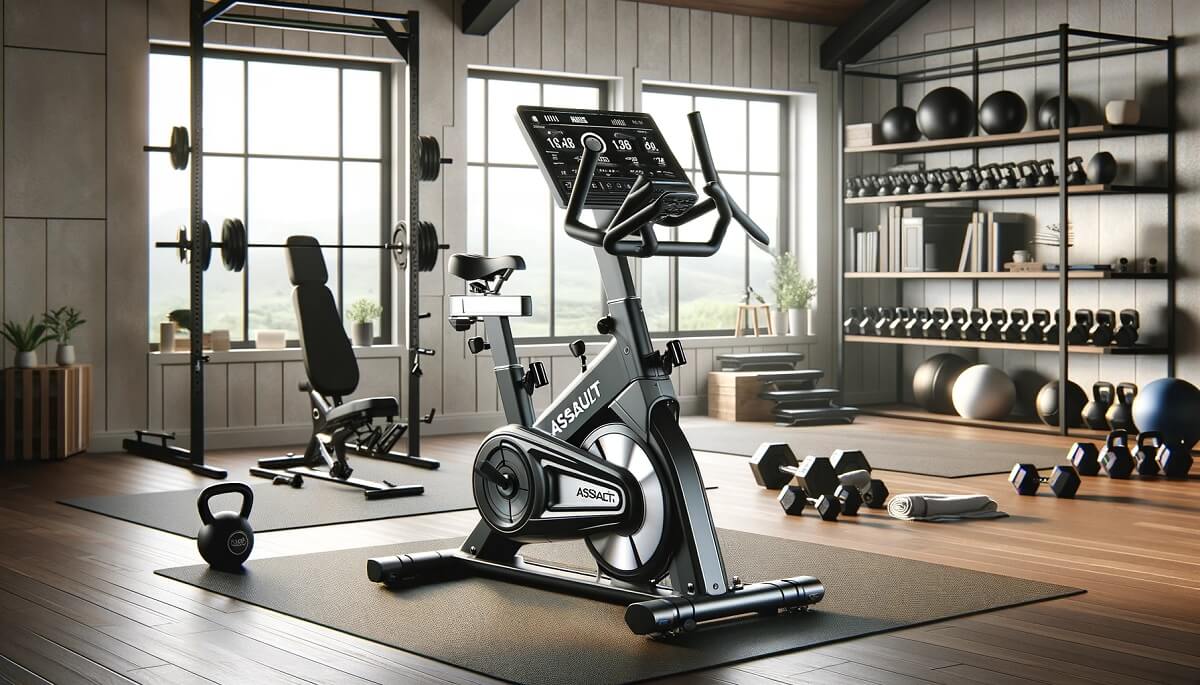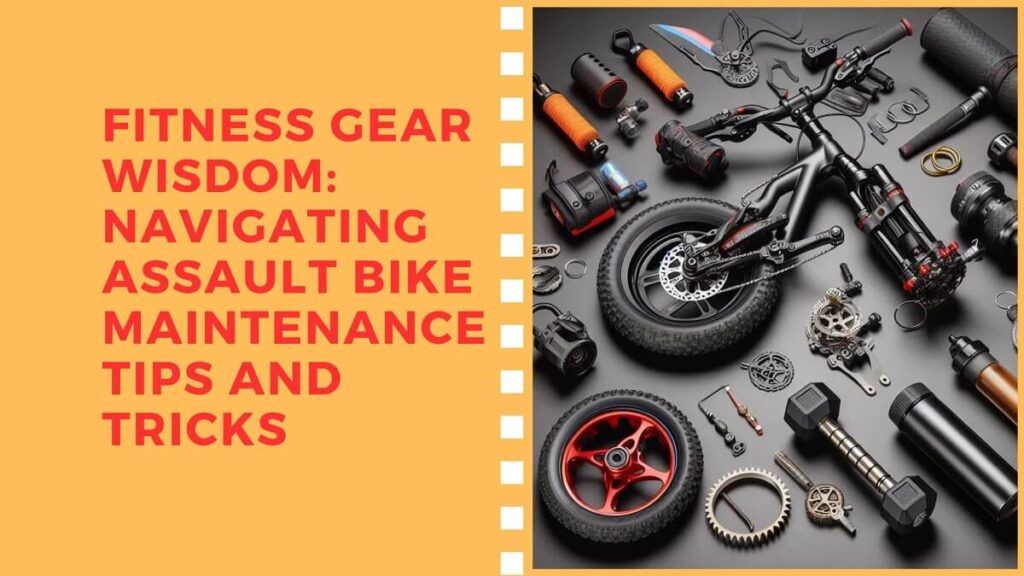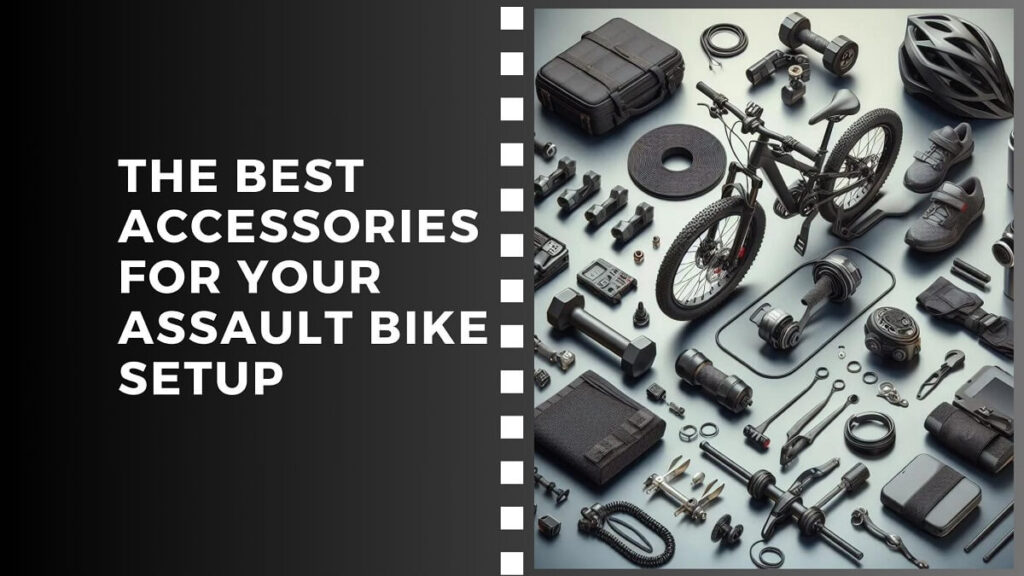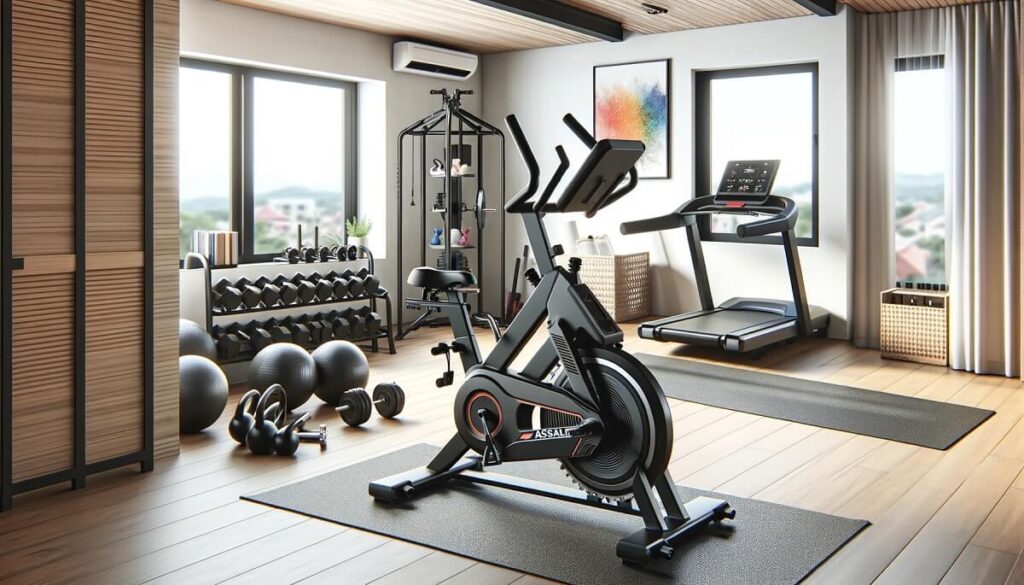What are Assault bike pedals: Clipless vs. caged
Introduction
Assault Bike pedals are crucial for cycling. They connect you to the bike, affecting how well you ride. The debate is hot between clipless and caged pedals, each having its fans. Let’s see which one suits you better.
Clipless Pedals
Clipless pedals use a cleat system, attaching your cycling shoes directly to the pedal. This setup is efficient for power transfer and keeps your feet in a fixed position, which is good for intense workouts. But be ready for a learning curve when getting used to them.
Caged Pedals
Caged pedals have adjustable straps or cages, that go over regular athletic shoes. They’re easier for beginners, providing some foot retention without the complexity of clipless pedals. They are versatile, allowing for the use of different shoes.
Considerations
Your choice depends on your personal preference. If you want a secure connection and don’t mind a learning curve, go for clipless. If simplicity and versatility matter more, caged pedals might be your fit. Budget is also a factor, as clipless systems can be more expensive.
Choosing the right pedal is crucial for your cycling experience. It’s not just a trend; it’s about what suits you and your cycling goals. Understanding your needs will help you make the right choice between clipless and caged pedals.
Head-to-Head Comparison
A. Performance Comparison Between Clipless and Caged Pedals
1. Speed and Efficiency:
- Clipless Pedals: These make you go fast and use energy well because your shoes stick to them.
- Caged Pedals: They help a bit with keeping your feet in place but might need to be better for going really fast.
2. Power Transfer:
- Clipless Pedals: Your power goes straight to the pedals, making you ride better.
- Caged Pedals: They’re okay for sending power to the bike but could be better than clipless pedals.
3. Comfort and Ease of Use:
- Clipless Pedals: Once you get used to them, they’re comfortable for long rides, but they might be a bit tricky at first.
- Caged Pedals: These are easier to use and comfortable for different kinds of rides.
B. Real-World Applications: Which Pedal is Better for Different Types of Cycling?
1. Road Cycling:
- Clipless Pedals: These are great for road biking because they make you pedal well on smooth roads.
- Caged Pedals: Some people use them on roads, but most prefer clipless for this type of biking.
2. Mountain Biking:
- Clipless pedals are good for mountain biking because they help you control the bike and climb hills.
- Caged Pedals: Okay for some mountain biking, but better in rough areas.
3. Indoor Cycling:
- Clipless Pedals: Lots of people use these for indoor biking because they feel like riding outside.
- Caged Pedals: Also good indoors, especially if you want pedals that are easy to use.
Think about what you like and where you ride when picking pedals. If you want to go really fast and pedal efficiently, clipless might be your choice. But if you want something easy and comfy, caged pedals could be better for you.
Choosing the Right Pedal for You
A. Assessing Individual Cycling Goals and Preferences
Before picking pedals, think about what you want from cycling. Are you looking to go fast, ride comfortably, or try different types of biking? Your goals will help you decide.
B. Factors to Consider When Making the Decision
1. Skill Level:
- If you’re new to biking, you might prefer pedals that are easy to use. Clipless pedals have a learning curve so caged pedals could be a better start.
- Experienced riders might enjoy the efficiency of clipless pedals, which offer a direct connection to the bike.
2. Riding Style:
- Do you like going fast on smooth roads, or do you prefer challenging terrain like mountains? Your riding style affects the type of pedal that suits you.
- Clipless pedals are great for speed and control, while caged pedals offer simplicity and versatility.
3. Terrain Preferences:
- Think about where you like to ride. If it’s mostly on smooth roads, clipless pedals could boost your performance.
- For varied terrains or indoor cycling, caged pedals provide a good balance of comfort and ease.
C. Tips for Trying Out Both Pedal Types Before Making a Decision
1. Test Both:
- If possible, try both clipless and caged pedals to see how they differ. Most bike shops have test bikes you can use.
2. Consider Comfort:
- Pay attention to how comfortable each pedal feels during a short ride. Comfort is crucial for long biking sessions.
3. Think about speed:
- If you want to go fast and pedal efficiently, consider the speed benefits of clipless pedals. But if ease and comfort matter more, caged pedals might be your choice.
Remember, your choice depends on what makes you happy and fits your biking style. Don’t rush; take your time to find the pedal that’s just right for you.
Safety Considerations
A. Safety Features of Clipless Pedals
Quick Release Mechanisms:
- Clipless Pedals: These pedals often come with quick-release mechanisms. In case of emergencies or sudden stops, you can quickly release your foot from the pedal by twisting it outward. This feature enhances safety by allowing for swift exits.
Adjustable Tension Settings:
- Clipless Pedals: Another safety feature is the ability to adjust tension settings. You can customize how tight or loose the connection between your shoe and the pedal is. Lower tension settings make it easier to release your foot, providing an added safety measure.
B. Safety Considerations for Caged Pedals
Foot Slippage Prevention:
- Caged Pedals: To prevent foot slippage, make sure the adjustable straps or cages are secured snugly around your shoes. This helps maintain a stable connection between your feet and the pedals, reducing the risk of slipping during rides.
Proper Strap Adjustment:
- Caged Pedals: Proper adjustment of the straps is crucial for safety. Ensure that the straps are not too tight, causing discomfort or too loose, which may lead to inadequate foot retention. A balanced and secure strap adjustment enhances safety during cycling.
Common Myths and Misconceptions
A. Addressing Misconceptions About Clipless Pedals
Fear of Being “Locked In”:
- Myth: Some cyclists fear that clipless pedals will lock their feet onto the pedals, making it hard to get off the bike quickly.
- Reality: While the term “clipless” may be misleading, these pedals actually allow for a quick and controlled release. With a simple twist of the foot, you can easily detach from clipless pedals, providing a swift exit in any situation.
Difficulty in Unclipping:
- Myth: There’s a common belief that unclipping from clipless pedals is difficult and may lead to falls.
- Reality: Unclipping becomes second nature with practice. Modern clipless pedal systems often have adjustable tension settings, allowing riders to find a balance between a secure connection and an easy release.
B. Dispelling Myths Surrounding Caged Pedals
Limited Power Transfer:
- Myth: Some think that caged pedals don’t transfer power as efficiently as clipless pedals.
- Reality: While clipless pedals are known for optimal power transfer, caged pedals can still provide a satisfactory level of efficiency. Properly adjusted straps on caged pedals offer a secure connection, enabling effective power transfer, especially for recreational cyclists.
Not Suitable for Advanced Cyclists:
- Myth: There’s a misconception that caged pedals are only for beginners and aren’t suitable for advanced or serious cyclists.
- Reality: Many experienced cyclists appreciate the simplicity and versatility of caged pedals. They might not offer the same high-performance features as clipless pedals, but they are still a valid choice for various cycling styles, including commuting and casual rides.
Understanding the realities behind these myths can help cyclists make informed decisions when choosing between clipless and caged pedals. Both types have their advantages, and the key is to match the pedal choice with individual preferences, riding style, and comfort.
Assault Bike Pedals: Clipless vs. Caged” Conclusion:
When choosing between clipless and caged pedals, understanding the safety features and considerations is vital. Clipless pedals offer quick-release mechanisms and adjustable tension settings, allowing for a secure yet easily detachable connection. On the other hand, caged pedals focus on preventing foot slippage through proper strap adjustment.
Consider your safety preferences and riding style when making a choice. Whether it’s the quick release of clipless pedals or the secure strapping of caged pedals, prioritizing safety contributes to a more enjoyable and secure cycling experience.
Frequently Asked Questions (FAQs)
Q1: Is it difficult to unclip clipless pedals?
A: Unclipping becomes easier with practice. Modern clipless pedals often have adjustable tension settings, allowing riders to find a comfortable balance between a secure connection and an easy release.
Q2: Are caged pedals only for beginners?
A: No, caged pedals are versatile and suitable for various cyclists. While they may not offer the same high-performance features as clipless pedals, many experienced cyclists appreciate the simplicity and ease of use that caged pedals provide.
Q3: Do caged pedals transfer power efficiently?
A: Yes, properly adjusted straps on caged pedals can offer a satisfactory level of power transfer. While clipless pedals are known for optimal efficiency, caged pedals are a valid choice, especially for recreational and casual cycling.
